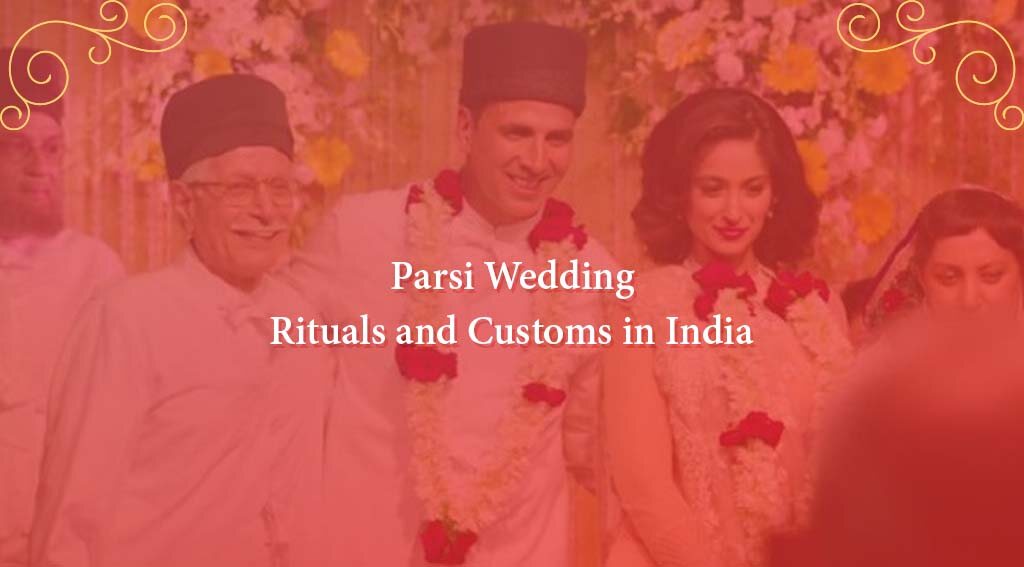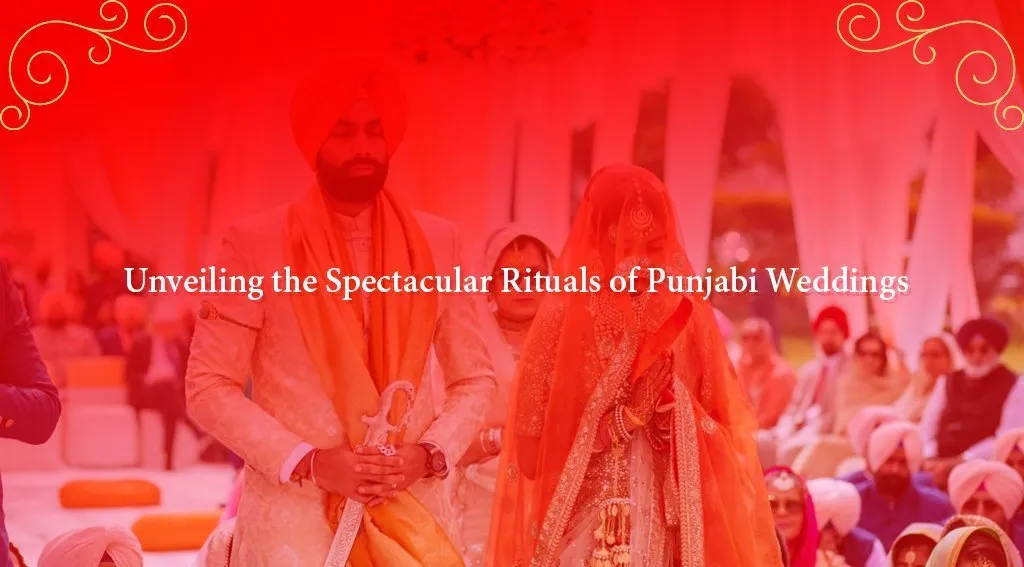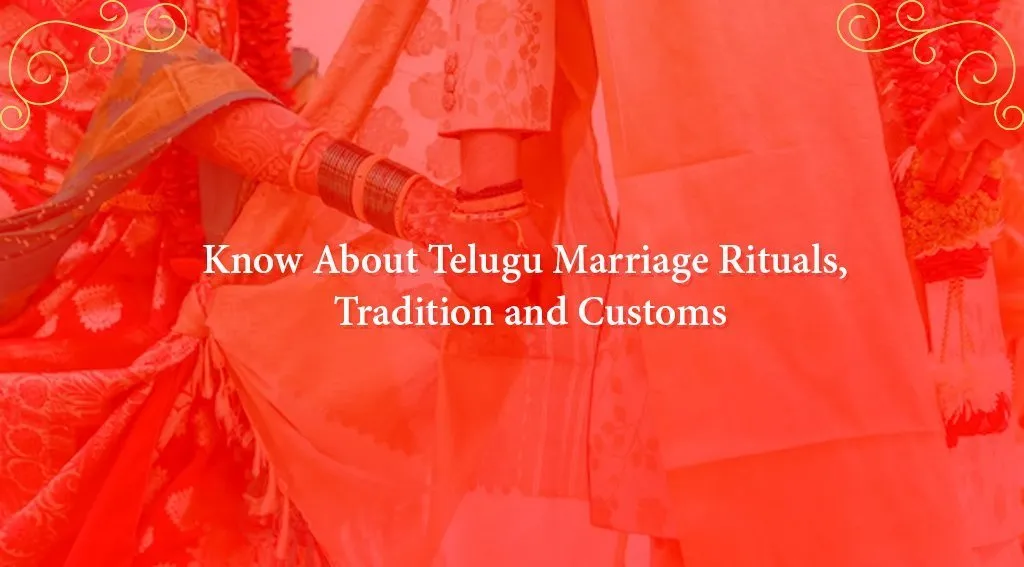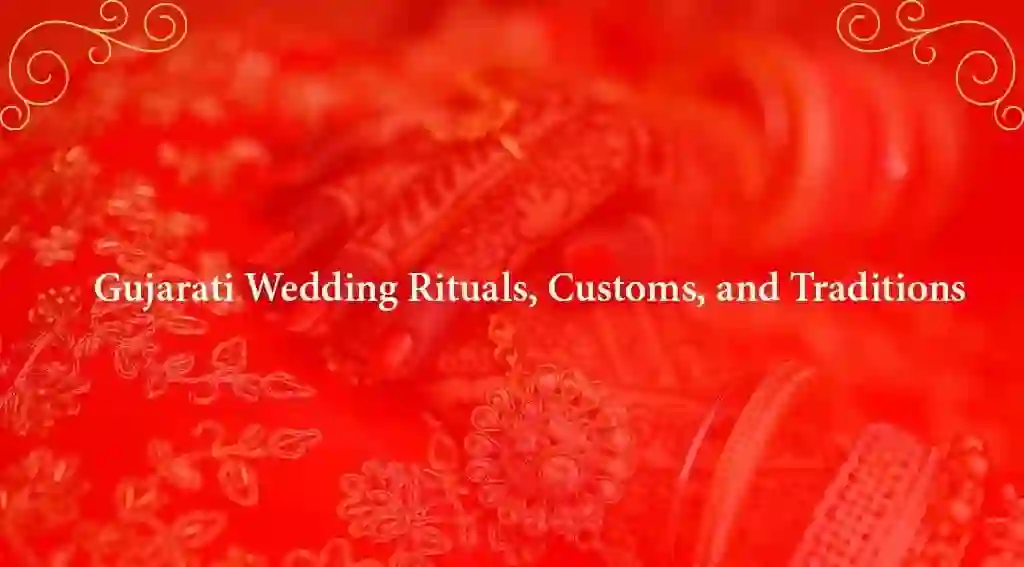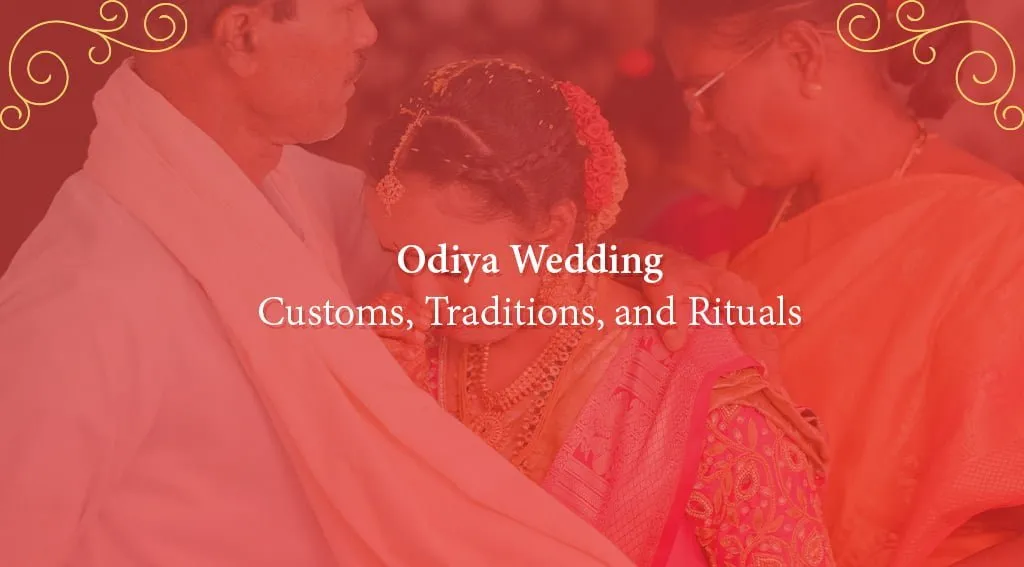Parsi weddings are a blend of tradition, culture, and celebration, deeply rooted in the Zoroastrian faith. From pre-wedding customs that symbolize purity and preparation to the wedding ceremony itself, which celebrates love and union, and post-wedding rituals that emphasize togetherness and community, every step is imbued with meaning and significance.
Parsi Wedding Customs, Tradition and Rituals
Pre-Wedding Customs
1. Nahan – The Ritual of Purity
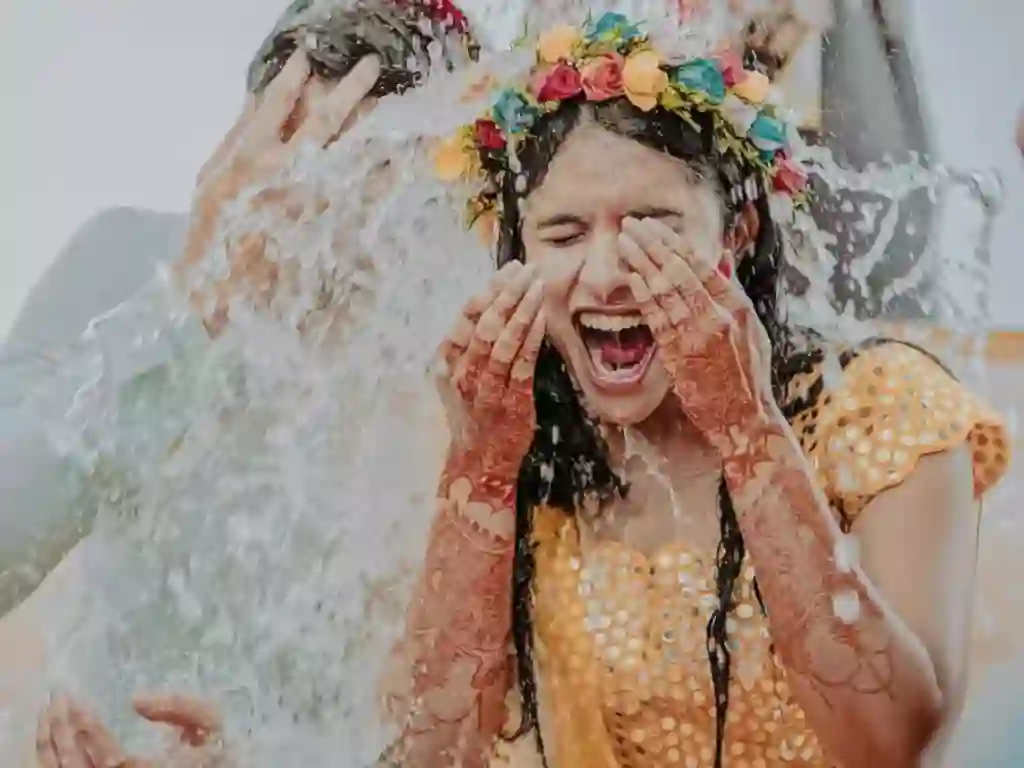
Nahan, meaning ‘purification,’ marks the beginning of the Parsi wedding journey. The bride and groom undergo a ritual cleansing, signifying the purification of their bodies and souls. This ritual reinforces the importance of starting the new phase of life with purity and positivity.
2. Navjote: The Initiation Ceremony
The journey of a Parsi individual’s life begins with the Navjote, the initiation ceremony. This important ritual is performed around the age of seven and marks the acceptance of the Zoroastrian faith. The young Parsi receives a sacred thread as a symbol of their religious identity, along with a prayer cap and a shirt symbolizing purity.
Also Read | Comprehensive Skincare Routine For Your Wedding Day
3. Adravne – The Engagement
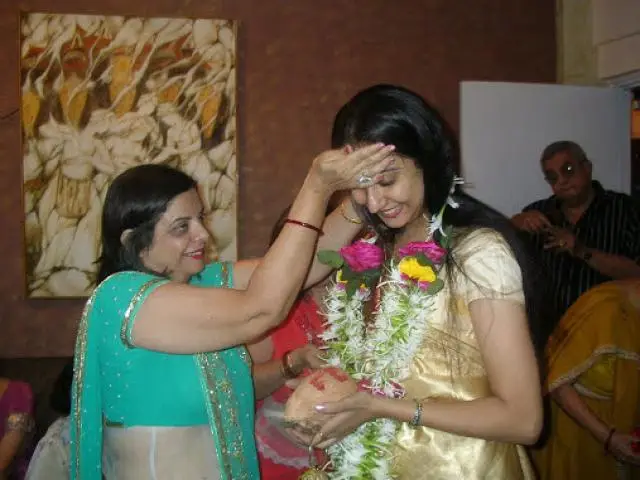
Adravne is the official engagement ceremony. The couple exchanges rings in the presence of family and friends. This event, full of laughter and joy, marks the formal commitment between the two families and celebrates the impending union.
4. Haath Borvanu – Applying Mehndi
Haath Borvanu, or the Mehndi ceremony, involves the bride adorning her hands and feet with intricate henna designs. This ritual signifies beauty and transformation while bringing friends and family together for a night of celebration.
Also Read | 100 Trending Blouse Designs to Consider for Your Wedding
5. Rupia Peravanu: The Engagement
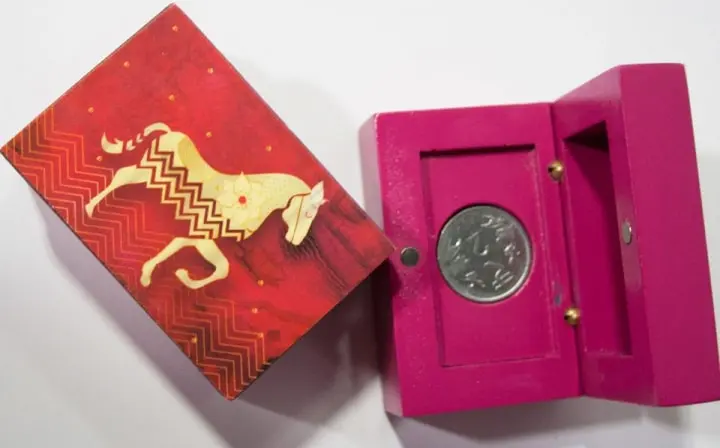
Rupia Peravanu, the engagement ceremony, is a joyous occasion where the families exchange gifts, jewelry, and sweets. The groom’s family presents a rupia (silver coin) to the bride, which is a traditional gesture symbolizing the groom’s commitment and responsibility.
Parsi Wedding Customs
1. Adarni: Welcoming the Groom
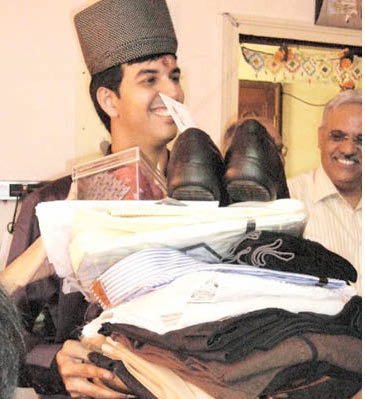
Adarni, the groom’s arrival at the bride’s house, is a heartwarming event. The bride’s mother welcomes the groom with a traditional aarti and offers him a glass of water to cleanse his journey. This ritual reflects the loving embrace of the groom into the bride’s family.
2. Antarpat – Veiling the Groom
The Antarpat ceremony involves the groom being veiled by a curtain as he arrives at the wedding venue. The bride’s father then lifts the curtain, signifying the groom’s acceptance into the bride’s family. This ritual is a beautiful symbol of respect and unity between families.
Also Read | 25 Best Pre-Wedding Shoot Locations in India
3. Achu Michu – Tying the Thread of Protection

In the Achu Michu ceremony, the maternal uncles of the bride and groom tie a sacred thread around their wrists, symbolizing protection and well-wishing. This gesture showcases the family’s love and blessings for the couple’s upcoming journey together.
4. Varadhapat – The Wedding Vows
The Varadhapat ceremony is the heart of the Parsi wedding. The couple exchanges vows in front of the holy fire, promising to support and cherish each other throughout their lives. This sacred ceremony is a testament to the depth of their commitment.
Also Read b| 11 Captivating Wedding Traditions from Around the World
5. Madhavsaro: The Wedding Day
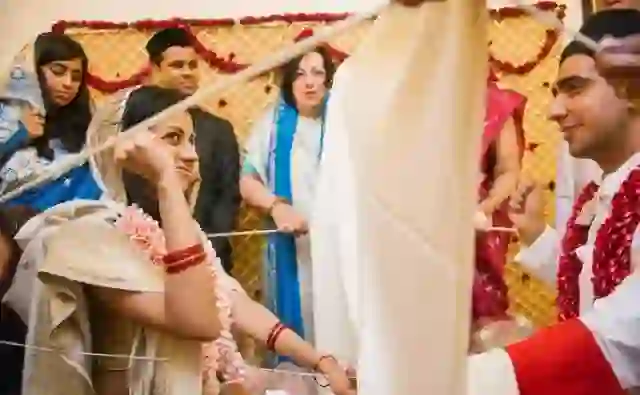
The Madhavsaro, or wedding day, is a grand celebration filled with traditional customs. The couple exchanges vows in front of the sacred fire and ties the nuptial knot. The priest recites sacred verses, and the couple offers rice into the fire as a symbol of prosperity.
6. Afrinagan: Blessing the Couple
After the wedding ceremony, the Afrinagan is performed. The couple receives blessings from their elders by having rose water sprinkled on them. This signifies their transition into a new phase of life and invokes the blessings of the divine.
Also Read | Best Wedding Anniversary Wishes in 2023
Post-Wedding Rituals
Satum – Welcoming the Bride
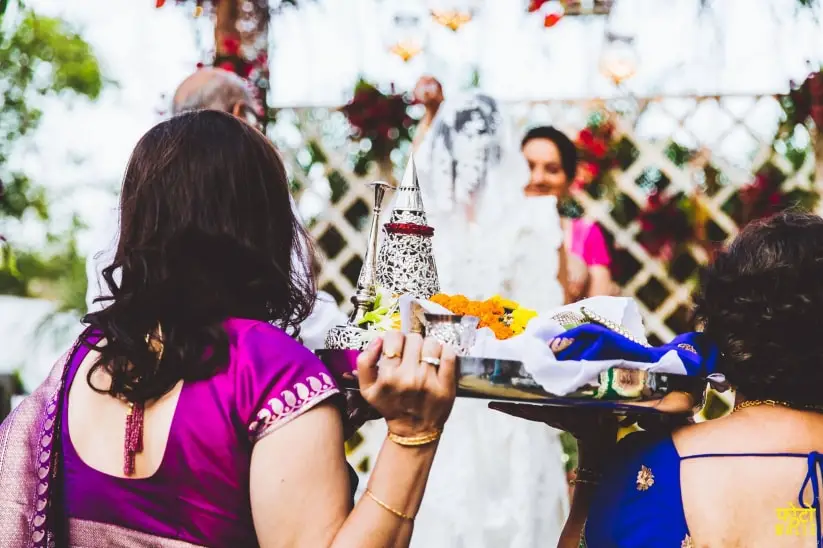
Satum is the warm reception of the bride into her new home. She enters with a pot of milk, symbolizing purity and prosperity. The groom’s mother then performs a traditional arti, a gesture of welcome and blessings for her new daughter-in-law.
Chero Bandhvanu – Tying the Knot
Chero Bandhvanu is a playful post-wedding ritual where the couple competes to tie knots in each other’s wedding attire. It’s a lighthearted way to symbolize the inseparable bond they share and the challenges they’ll face together.
Jashan – Thanksgiving Ceremony
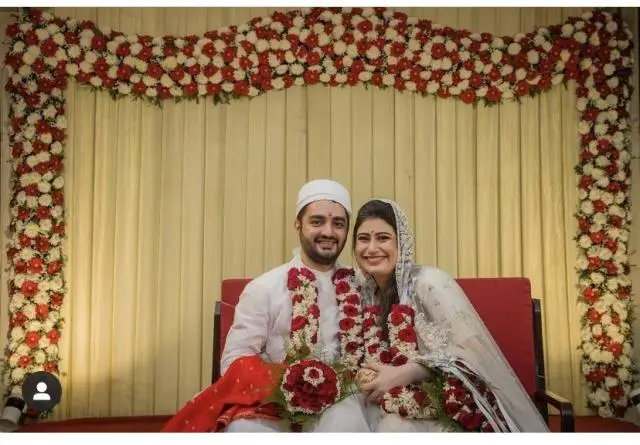
The Jashan ceremony is a thanksgiving ritual held after the wedding. It involves prayers and offerings to seek blessings for a harmonious life together. This ritual underscores the importance of gratitude and faith in the journey ahead.
Pag Dhovanu: Touching the Feet
In the Pag Dhovanu ceremony, the bride and groom touch the feet of their parents as a sign of respect and gratitude. This tradition acknowledges the roles their parents have played in shaping their lives and seeks their blessings for a harmonious journey ahead.
Divo and Rice Ceremony: Welcoming the Bride
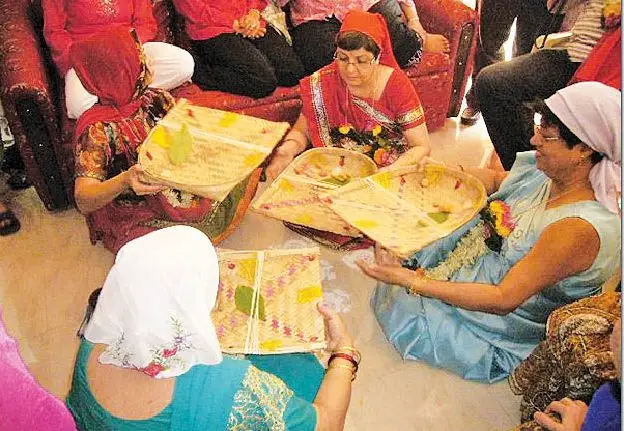
The Divo and Rice Ceremony is held when the bride enters her new home for the first time. She holds a lit lamp and circles it around the groom as a protective gesture against negativity. The couple then steps on a metal plate with rice, symbolizing their commitment to nurturing their relationship.
Cultural Significance of Parsi Weddings

Parsi weddings are a tapestry of cultural heritage and spiritual beliefs. They symbolize the importance of family, respect for tradition, and the sacred bond of marriage. These customs are a reflection of the values that Parsis hold dear and serve as a bridge between generations, preserving their rich cultural legacy.
Preservation of Tradition in Modern Times
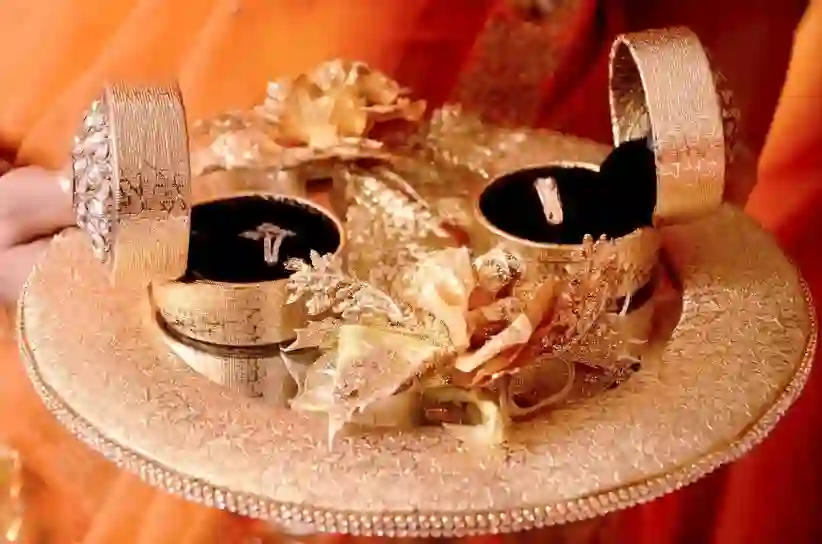
In today’s rapidly changing world, Parsi weddings continue to adapt to modern sensibilities while retaining their essential customs. The community’s commitment to preserving these rituals demonstrates the enduring relevance of their traditions in an evolving society.
Conclusion
Parsi pre-wedding, wedding, and post-wedding customs and rituals are a reflection of the community’s deep-rooted traditions and values. Each ceremony holds its own unique significance, contributing to the holistic celebration of love, unity, and togetherness. As Parsi weddings continue to evolve, these rituals remain a testament to the enduring power of culture and faith.
FAQs
What is the significance of the Antarpat ceremony?
The Antarpat ceremony symbolizes the groom’s respectful entry into the bride’s family. It showcases the unity and respect shared between both families during the wedding.
Why is the Jashan ceremony important?
The Jashan ceremony is a way for the newlywed couple to express gratitude and seek blessings for their life together. It reinforces the importance of faith and thankfulness.
What role does fire play in Parsi wedding rituals?
Fire holds immense significance in Parsi culture. It is considered sacred and symbolizes purity, renewal, and the blessings of the divine.
What is the purpose of the Haath Borvanu ceremony?
The Haath Borvanu ceremony signifies beauty and transformation as the bride adorns herself with intricate henna designs. It’s also a time for friends and family to come together and celebrate.

